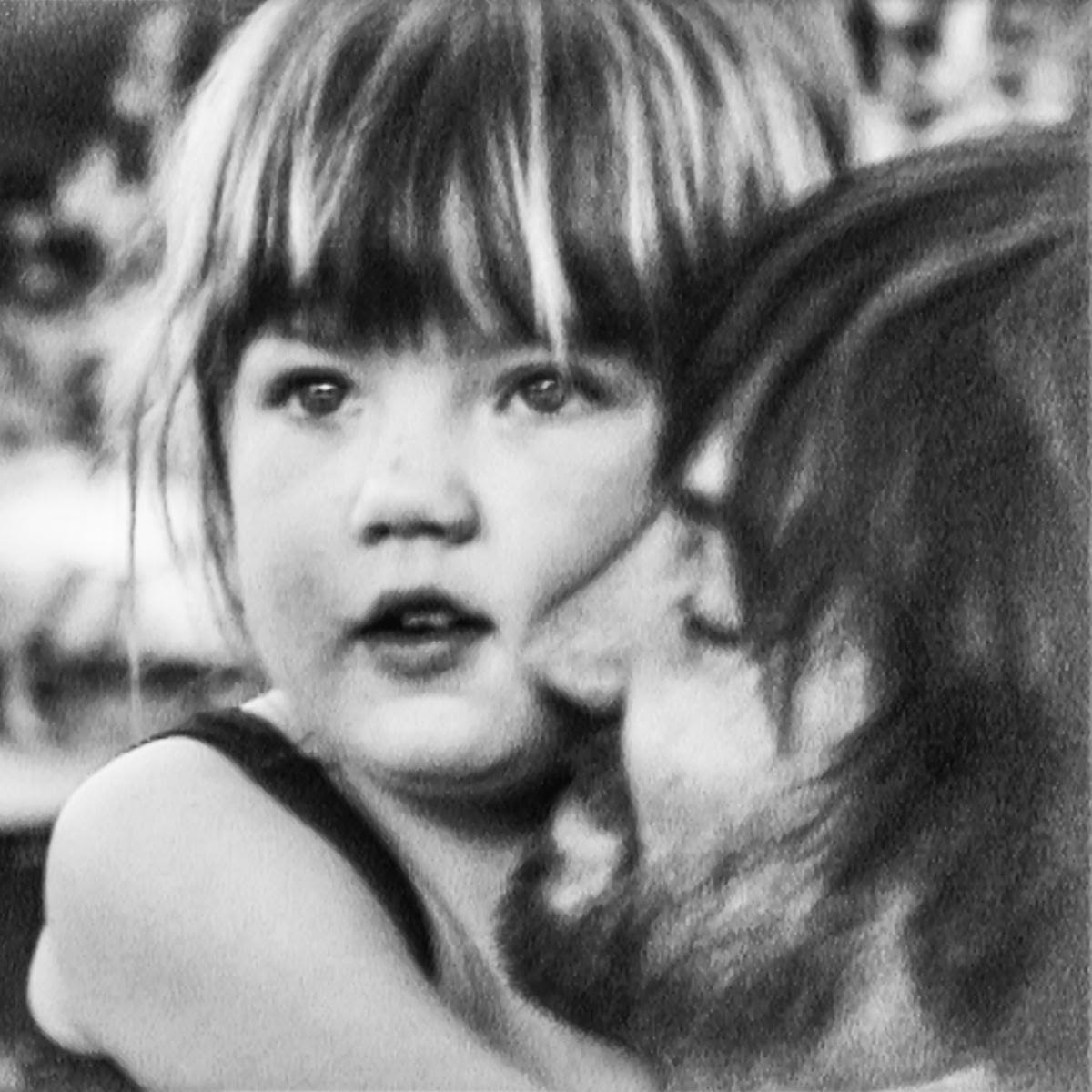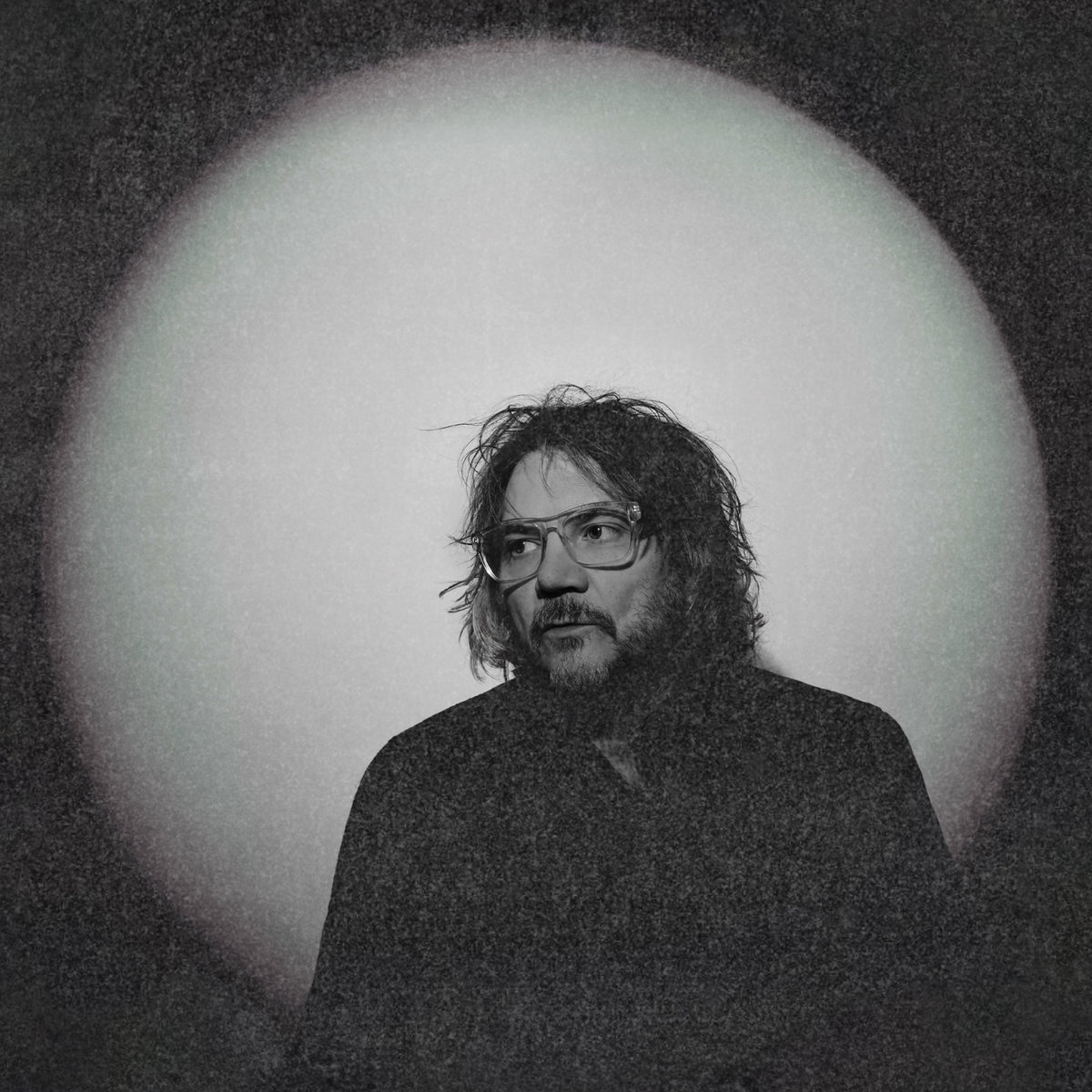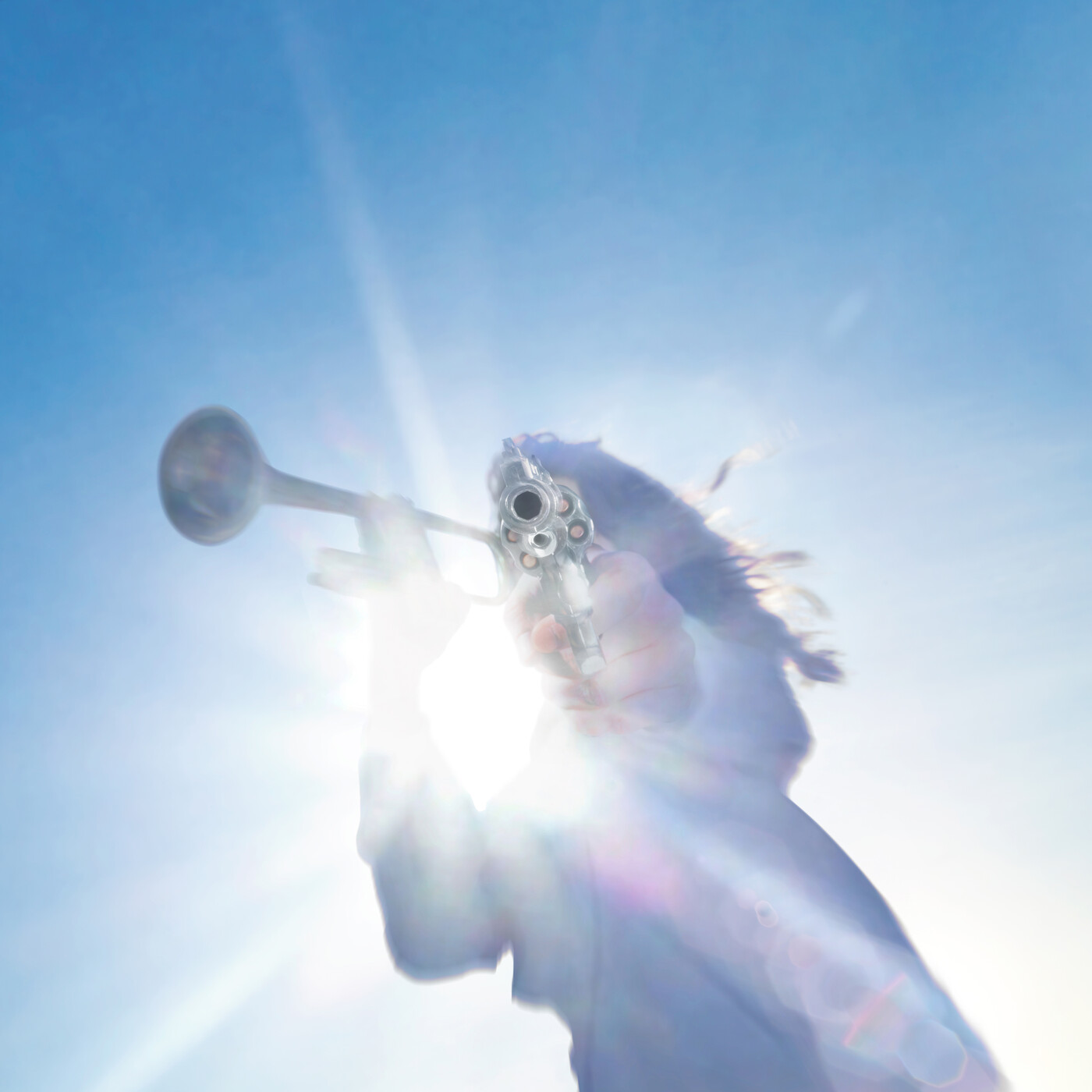- Domino
- 2022
Ladies and gentlemen, Arctic Monkeys are still floating in space. For the second album in a row, one of the world's greatest and most unbelievably consistent rock bands have jettisoned themselves into the final frontier, diving deeper and deeper into sonic wormholes that lead thousands of miles away from anything resembling what they once sounded like. Intentional or not, there's a sense of irony that the Sheffield-hailing lads' first album in four years is called The Car; the terrain that Arctic Monkeys are charting on their seventh full-length is absolutely unsuitable for a four-wheeler, or anything that doesn't require some sort of jet propulsion. Nodding to the conceptual framework of 2018's instant classic Tranquility Base Hotel And Casino, Alex Turner introduced his latest with the promise that "on this record, sci-fi is off the table. We are back to Earth." That may be true where the subject matter is concerned, but sonically speaking, if you were hoping for a return to hard-charging normalcy... well, there's the airlocked door.
There are a few key differences between The Car and its lush, decadent predecessor that we'll get into in a bit — but first, it's worth noting that one of the most surprising elements of Arctic Monkeys' latest is how closely it picks up from where Tranquility Base left off. This is a band that has largely made a career out of making fairly broad stylistic shifts with every successive release; for 2009's dank Humbug, Turner and Co. embraced humid stoner-rock textures, growing their hair long and letting a fog machine rip on tour, while 2011's Suck It And See let the sun shine in with bright West Coast Britpop-isms. When it came to 2013's AM — which represented a fairly massive breakthrough for an already-massive band — the quartet dipped their paws in the pomade while fusing "teddy boy" imagery with arid desert rock that found Turner piling on a rakish, decidedly sexy charm.
The celestial anti-rock of Tranquility Base represented the band's biggest sonic change-up to date, so when it comes to The Car it's perfectly reasonable to expect the unexpected. And yet, throughout these 10 songs Arctic Monkeys inhabit a place somewhere between refinement and further exploration — the first time they've embellished on a previously established style since 2007's exquisite sophomore bruiser Favourite Worst Nightmare, which gave the caffeinated jangle of their star-making 2006 debut Whatever People Say I Am, That's What I'm Not a powerful steroid shot.
It's also impossible not to hear The Car as a minor work compared to the impeccable anti-gravity opulence of Tranquility Base, as well as their slightest album since Whatever People Say I Am; there's an abundance of experimentation here that misses the mark as often as it directly connects. Snatches of funk guitar unappealingly snake through the disjointed, halting orchestral pop of "I Ain't Quite Where I Think I Am" and the croon-y "Jet Skis On The Moat." With rolling timpani hits and a cavernous minor-key sweep, the title track recalls the string-laden elegance of elder statesmen like Damon Albarn and Jarvis Cocker — marking the first time the forever-young Arctic Monkeys have sounded, well, kind of old.
The Car is Arctic Monkeys' weirdest album, and it's their most overtly melancholy work too — like James Bond themes for a terminally depressed spy. It's certainly the saddest-sounding music Turner's put his name to since the dusky tunes he contributed to the soundtrack for Richard Ayoade's Submarine in 2010. His biting lyrical wit, ever-present since he sang, "There's only new music/ So that there's new ringtones," on "A Certain Romance," reached new heights of glorious Dan Bejar-esque obtuseness on Tranquility Base. "I put a taqueria on the roof/ It was well-reviewed," Turner notoriously sang on that album's kinda-anthem "Four Out Of Five"; on The Car, the taqueria's Michelin stars are gone, the health inspector's given it a failing grade, and the lights are too bright in all the wrong places, revealing a stark emptiness where the cover of darkness once projected an alluring aura.
Where he once sang, "Kiss me underneath the moon's side boob," with a ribald smirk, now he sighs, "Come here and kiss me now/ Before it gets too cute," over the lonesome plucked guitar of "Mr. Schwartz." The titular vehicle on the album's cover — shot by drummer Matt Helders, who now seems to be doing anything besides bringing the block-rockin' beats — is invoked over the gorgeous sway of "There'd Better Be A Mirrorball" as he promises, "If you wanna walk me to the car/ You ought to know I'll have a heavy heart." There's talk of subterfuge, distrust, apologies, and finality; amidst the giallo synth stabs of "Sculptures Of Anything Goes," Turner muses about "performing in Spanish on Italian TV" before ruefully ruminating, "Those mixed messages ain't what they used to be."
"Puncturing your bubble of relatability with your horrible new sound," he also sings on "Sculptures Of Anything Goes," one of the album's funniest moments that possibly doubles as a moment of self-awareness regarding where Arctic Monkeys are heading at this point in their career. The Car is the sound of a band going full-tilt when it comes to trying anything once, and its strongest moments are just as notable as its lows. The simple twinkle of "Body Paint" blooms into a kaleidoscopic Beatles-esque breakdown, while "There'd Better Be a Mirrorball" and "Perfect Sense" are sumptuous bookends dripping with eye-catching, pearl-string orchestration. Overall, there's a sense that this is a group fully aware of the license they've been given to take their listeners wherever their own creative impulses are leading, and it's totally thrilling to witness — even as they occasionally, and for the first time in their career, are starting to sound a little adrift.
The Car is out 10/21 on Domino.







